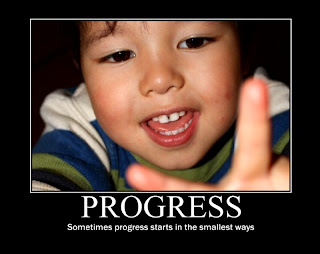3.3 The Future of Internet Communication
The future of Internet communications Introduction So far we have looked at the founding of the internet, how it came about, the rise of web 2.0, the platforms that developed from it and the way communication has developed from the roots of that platform but now we are going to look into the possible future of the web. Future point 1: Semantic web What is the semantic web? what potentials does it hold? key points to this technology is stated in this brief youtube video. (msporny, 2007) So this shows us that the Semantic web is a step for web searches, platforms and technologies to communicate more effectively with each other. References msporny. (2007). Intro to the Semantic Web. Retrieved June 14th, 2009, from http://www.youtube.com/watch?v=OGg8A2zfWKg
